A Black neighborhood wanted to fight blight, drugs. Instead, Greenville pushed them out.
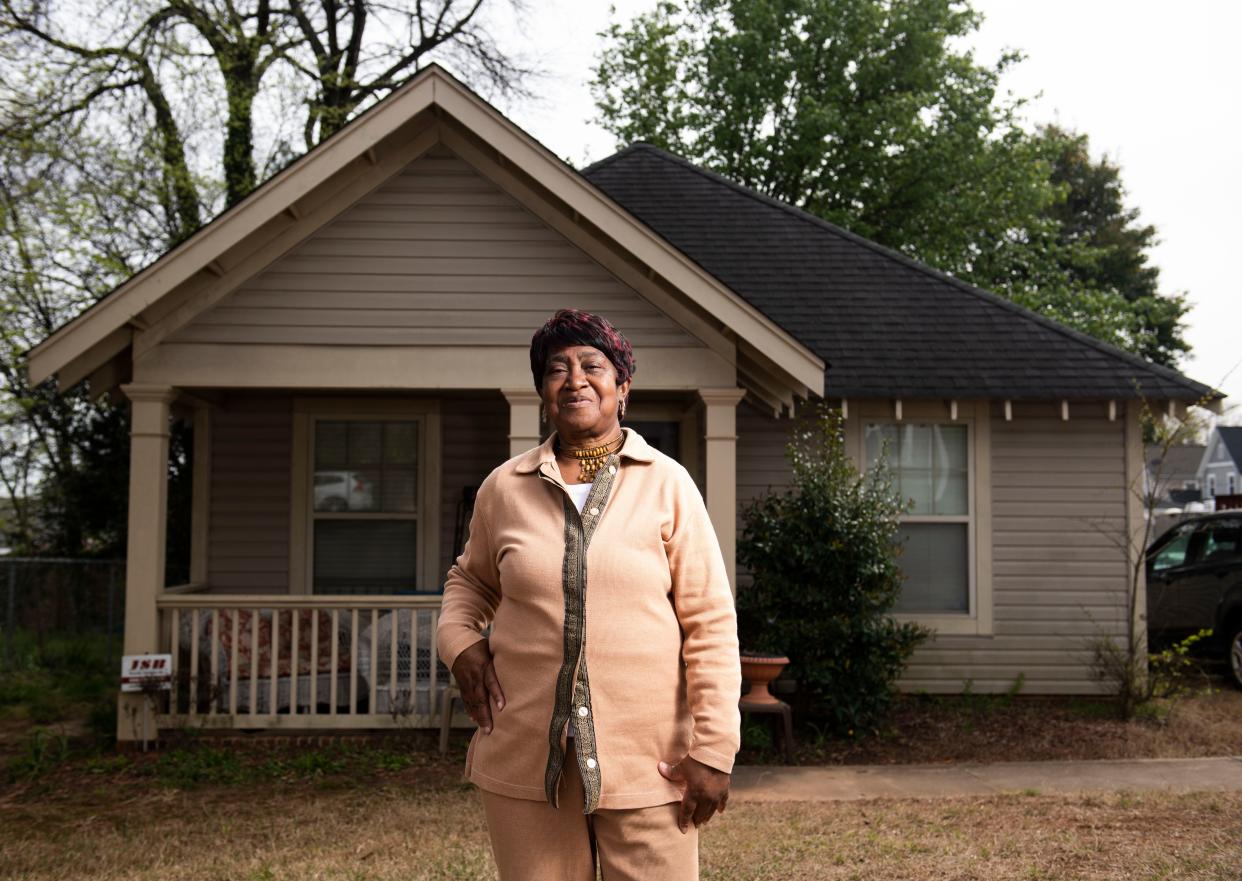
For nearly her entire life, Shirley Gambrell has lived in the same neighborhood near downtown Greenville where streets were once lined with abandoned houses and vacant lots.
She said it still felt like home, a place where everyone knew each other and looked out for one another.
When the city of Greenville decided to demolish dilapidated properties to clear the way for new affordable housing, Gambrell remembers feeling hopeful "they would rebuild the neighborhood but keep the spirit."
Her wish didn’t come true.
Gambrell’s small gray house now sits among well-maintained two-story houses with playfully colorful doors that were built with the help of public money.
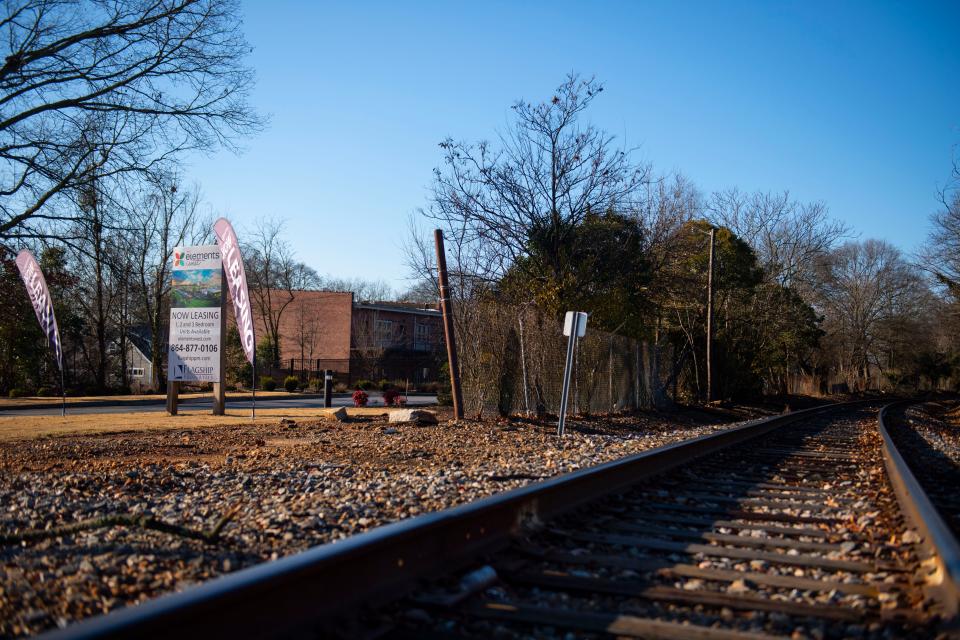
But almost none of Gambrell’s old neighbors are benefiting. Most of them — renters who didn’t have enough money to buy one of the new houses — have long since moved away, she said. City officials don’t know where they went or what became of their lives because they didn’t keep track.
The city of Greenville helped developers put up nearly 60 homes in the Green Avenue neighborhood between 2007 and 2016 without ensuring people who lived there for years could remain in the neighborhood.
The Green Avenue neighborhood, also known as Washington Heights, is considered by some residents and community activists as an example of the continued displacement of Black people in Greenville. Washington Heights, which is in the Green Avenue neighborhood, was a redevelopment project organized by the city's community development office and built out by local home builders Quinn & Satterfield Builders.
“My mother lived to be 97,” said Gambrell, 74, who was raised in the neighborhood. “She wanted (the neighborhood) to change, but I don’t think she would like this.”
For more than 30 years, Greenville city leaders have used taxpayer subsidies to turn decaying houses and buildings west of downtown into one of the most sought-after places to live in the city. The effort has transformed a once-declining textile town into a regional economic and cultural powerhouse that attracts thousands of newcomers every year.
But an investigation by The Greenville News found the city's spending has also played a role in the displacement of Black residents from the Green Avenue neighborhood and other historically Black neighborhoods.
From 2000 to 2020 — a span that includes the transformation of Washington Heights — the number of Black people living in the district dropped nearly 70%, according to an analysis of Census data compiled by Furman University.
At the same time, the white population jumped more than 200%.
Read the full Furman University study: An exploration of historic and current population shifts in the city of Greenville and surrounding Greenville County
What happened in Washington Heights aligns with 20th century history in the U.S. when "slum" clearance, road building and other government-backed urban-renewal projects altered Black neighborhoods and uprooted people from their homes, researchers and community activists said.
Derek Hyra, a professor of public administration and policy at American University, said it appears Greenville and other cities have failed to learn lessons from the past.
Decades after urban renewal, they keep financing projects that are expanding downtown development into or near Black neighborhoods without building enough affordable housing to allow existing residents to stay.
"This is the new urban renewal," Hyra said. "It is putting pressure on African Americans. It is putting incredible pressure on real estate."
‘They didn’t have an answer’
Washington Heights once stood as a destination for working and middle-class Black families.
Located just a 10-minute walk from what is now Fluor Field, a minor league baseball stadium for the Class A affiliate of the Boston Red Sox, the streets were home to bustling shops and a hospital in the 1940s.
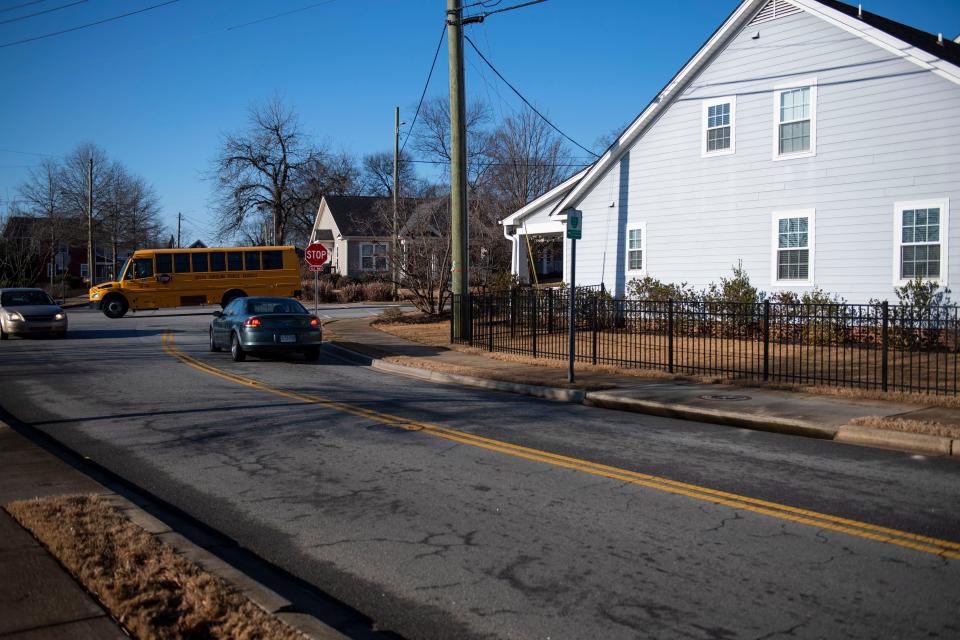
Decades of decline led to rampant poverty and crime. By the time city officials and residents devised the plan to build new affordable housing, more than half the people in the neighborhood eligible to work had dropped out of the labor force, according to a city report. Most adults lacked a high school diploma.
Greenville administrators devised a plan to demolish more than 70 structures. They said they wanted to build and rehabilitate dozens of other properties that would become affordable homes and rental units.
“The plan is sensitive to the neighborhood’s identity while minimizing displacement,” says a city report called the “Green Avenue Revitalization Strategy.”
Velma Gooch said the city did not keep its promises.
Gooch, 89, has lived in the neighborhood off and on since 1949. She said she and other residents met with city officials to help clean up boarded-up houses and stop drug dealing.
Instead, she said, many Black residents were priced out and now nearly all of the new neighbors are white.
“When I asked (a city administrator) why there’re no Blacks, they didn’t have an answer,” Gooch said.
In written responses to questions submitted by The News, a spokesman for Greenville Mayor Knox White, former newspaperman Bill Fox, said the city did not keep track of how its program impacted existing residents.
He did not answer whether the city’s effort led to racial demographic changes in the Green Avenue neighborhood.
The spokesman said developer Rick Quinn was one of several homebuilders who worked with the city to build 57 homes in the neighborhood.
Quinn said he built houses in Washington Heights that he considered affordable, but the prices remained out of reach for some people living there at that time.
Sometimes building new affordable housing in Greenville unintentionally provides an opening for gentrification, he said.
“Affordable housing can be its own worst enemy,” Quinn said.
Since 2013, home prices have almost tripled. One Quinn & Satterfield three-bedroom house that sold for $150,000 is now estimated at $430,000. A two-bedroom that sold in 2015 for $99,000 is now estimated at $285,000.
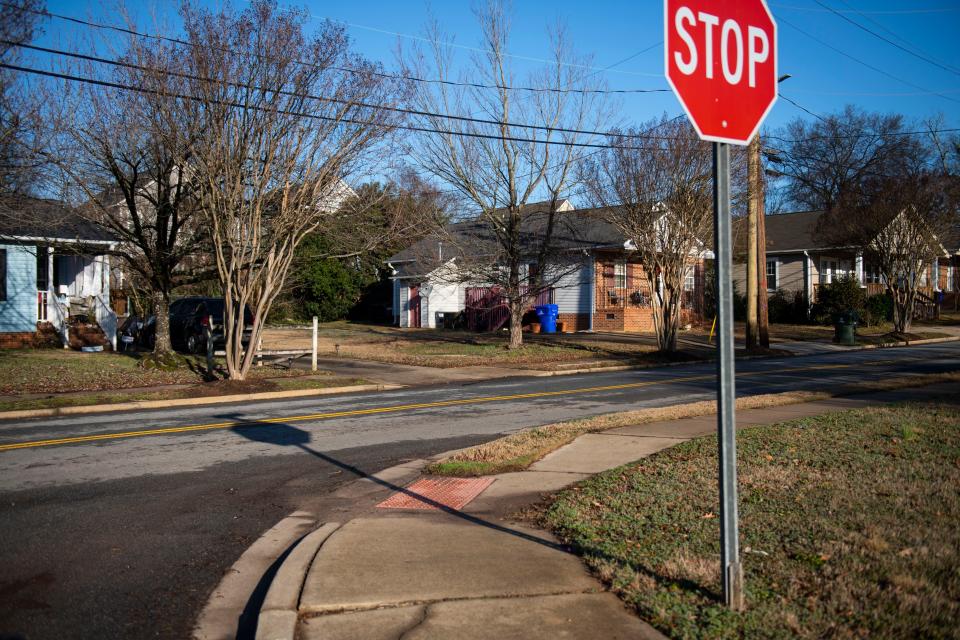
Few rules
The city of Greenville’s transformation of Washington Heights allowed some homebuyers to exploit a loophole, said Ken Kolb, a Furman University sociology professor who lives in the neighborhood. Kolb and his team from Furman produced the research on gentrification in Greenville that is the basis for The News' "The Cost of Unity" project.
Kolb said some people bought lots for as little as $5,000. He said he and some others paid $15,000 for a lot because their incomes exceeded the city’s median household income. Kolb bought his home in 2014.
Instead of building a life in Washington Heights, Kolb said, some newcomers stayed in their homes a couple of years and then rented them. Others bought homes and then quickly sold their houses when prices started to rise, he said.
Median household income by race for Census Tract 5, which most closely aligns with the Green Avenue, Greater Sullivan, and Sterling neighborhoods, 2000 - 2019. Data for white households is unavailable for 2020-2021, so data for those years is not shown.
Homeownership programs subsidized by other cities often require buyers to occupy their homes for a set number of years and prohibit renting them. The restrictive covenant deeds for property in Washington Heights forbid owners from putting a fence in the front yard and parking cars on their lawns but include no residency requirement, Kolb said.
“It’s like less a place to live than a place for people to invest,” he said. “You don’t want your street to be seen as an investment opportunity. Do you want to make the community a better place or do you want to make money?”
The change in Washington Heights is troubling because it is hard to know where the former residents went, said Kolb, who conducts research on gentrification in Greenville.
A 2020 report from the Greenville Housing Fund, a nonprofit organization that works to create and preserve affordable housing, says there are nearly 4,000 households in the city that make less than $15,000 a year, but only 800 units of housing are affordable to them.
Other data show Black residents are disproportionately afflicted by the housing crisis.
“It means that white people with money can move where they want and Black people living in poverty must scramble,” Kolb said.
Fox, a former managing editor for The Greenville News who now works for a local marketing agency that represents the city in some matters, including managing fundraising for Unity Park, said six purchasers in Washington Heights received homebuyer assistance. If they sold their home within five years, they were required to repay the balance owed at closing.
Asked what happened in the cases of 51 other homes, Fox said he did not have information about them.
A new normal
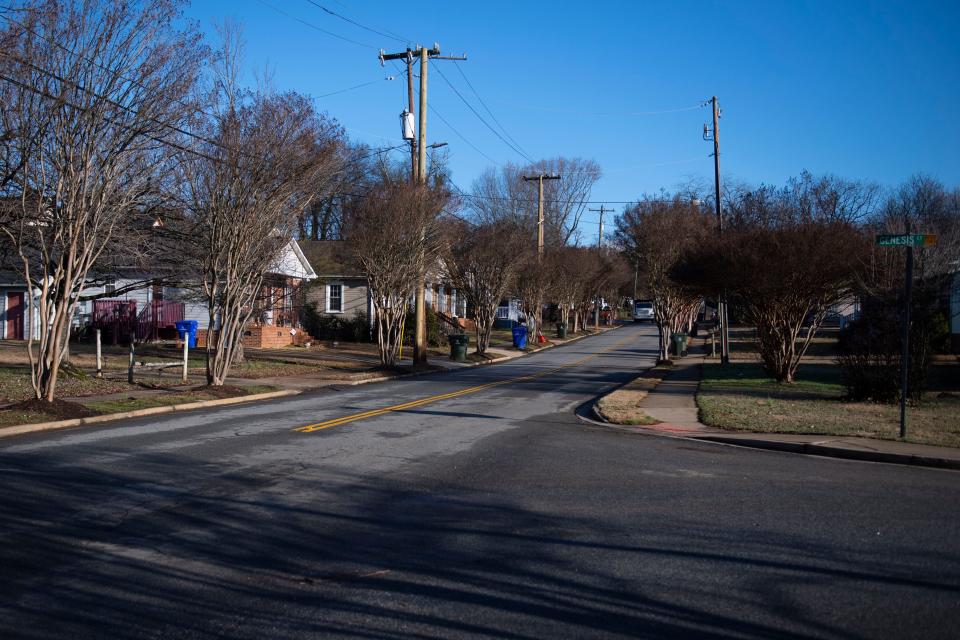
Like in other historically Black neighborhoods, rising property values and other changes typically seen as positive news were tempered by the racial wealth gap.
Gambrell, the lifelong resident of Washington Heights, said her old neighbors were forced out because they were renters who could not afford to buy a house.
Homes in the area now easily sell for twice what they did when they were built, according to Greenville County property records.
Gambrell said her new neighbors are friendly enough but the bonds that made the neighborhood a special place have been broken. Often, Gambrell said, people move in and out of houses before they become acquainted with neighbors.
She owns her house and has no plans to leave but misses the way it used to be.
“It won’t go back to what I call normal,” Gambrell said. “I guess we have to go with the flow.”
— This is part of the Greenville News’ “The Cost of Unity” series, investigating unrecognized harm from revitalization efforts, including 2022's Unity Park, that are making historically Black neighborhoods unaffordable for the people who used to call them home. Our year of reporting — which included work with research partner Furman University — showed the staggering loss of Black residents from a city with one of the highest racial economic disparities in the Southeast.
— Our newsroom is dedicated to telling the important stories of Greenville's growth and to holding government accountable for its decisions. We need your help. You can support our hard-working journalists by subscribing to the newspaper today at greenvilleonline.com.
This article originally appeared on Greenville News: A Black Greenville neighborhood sought help. They got ousted instead.

